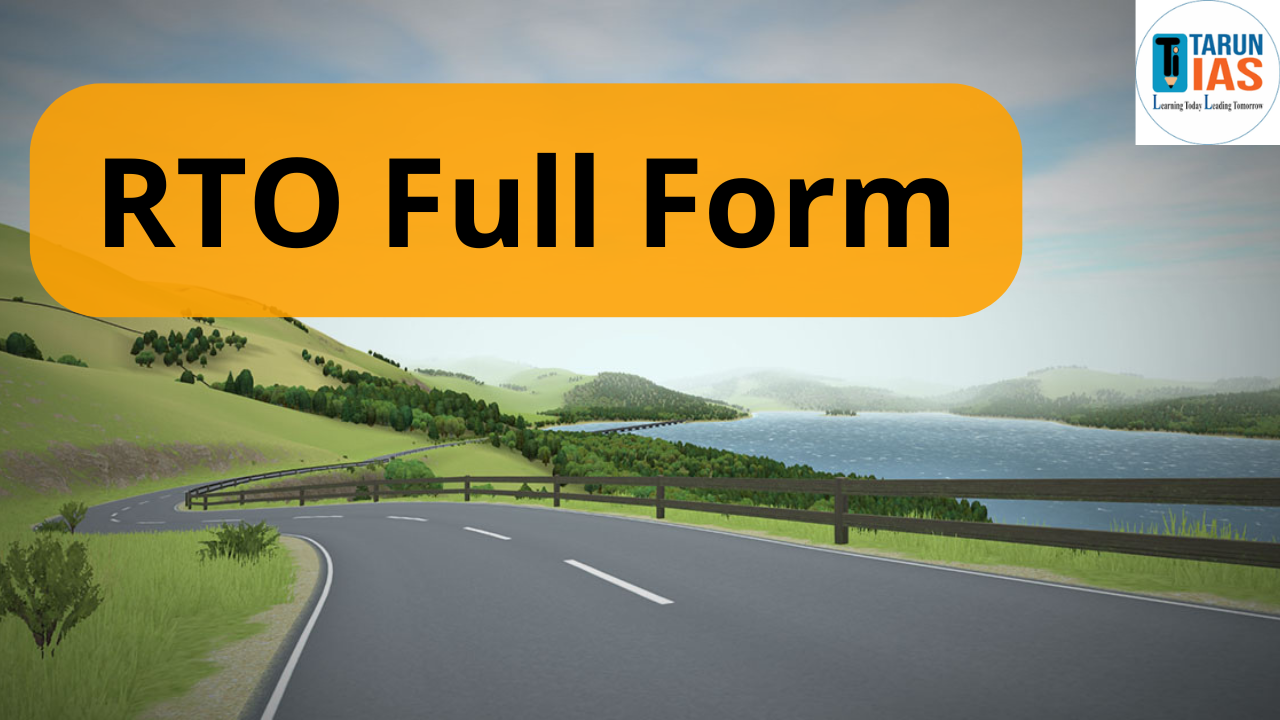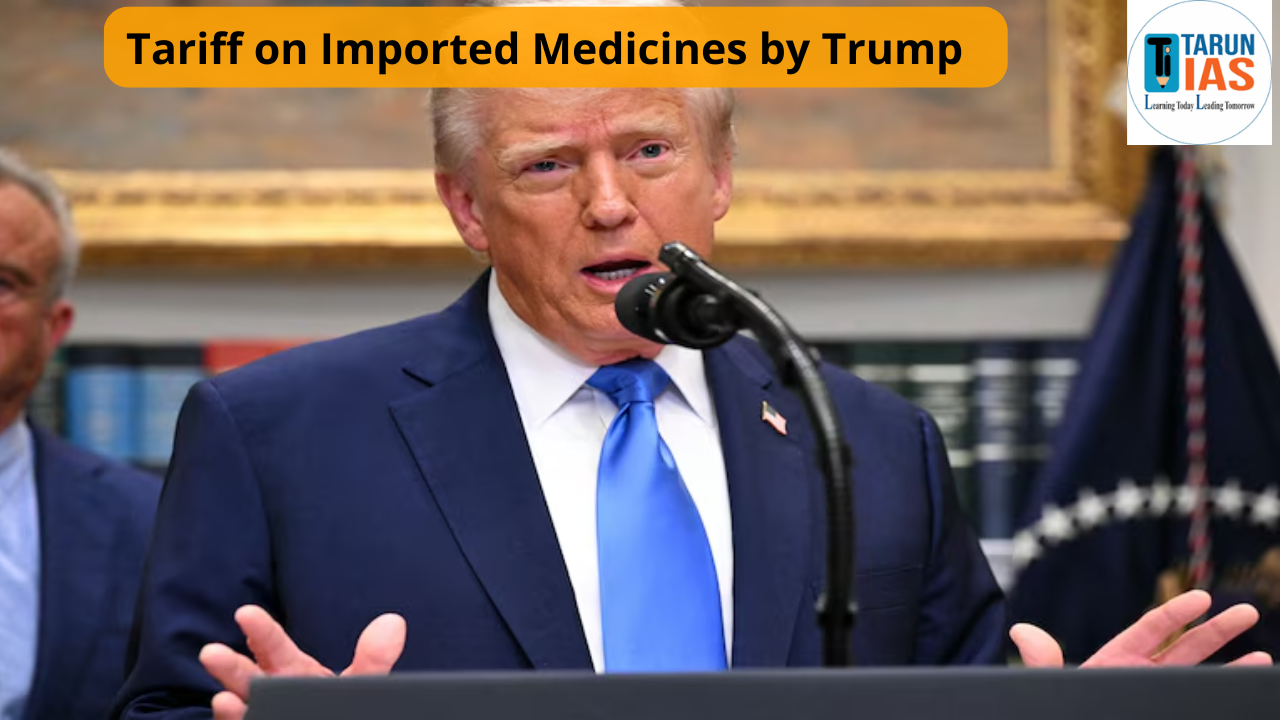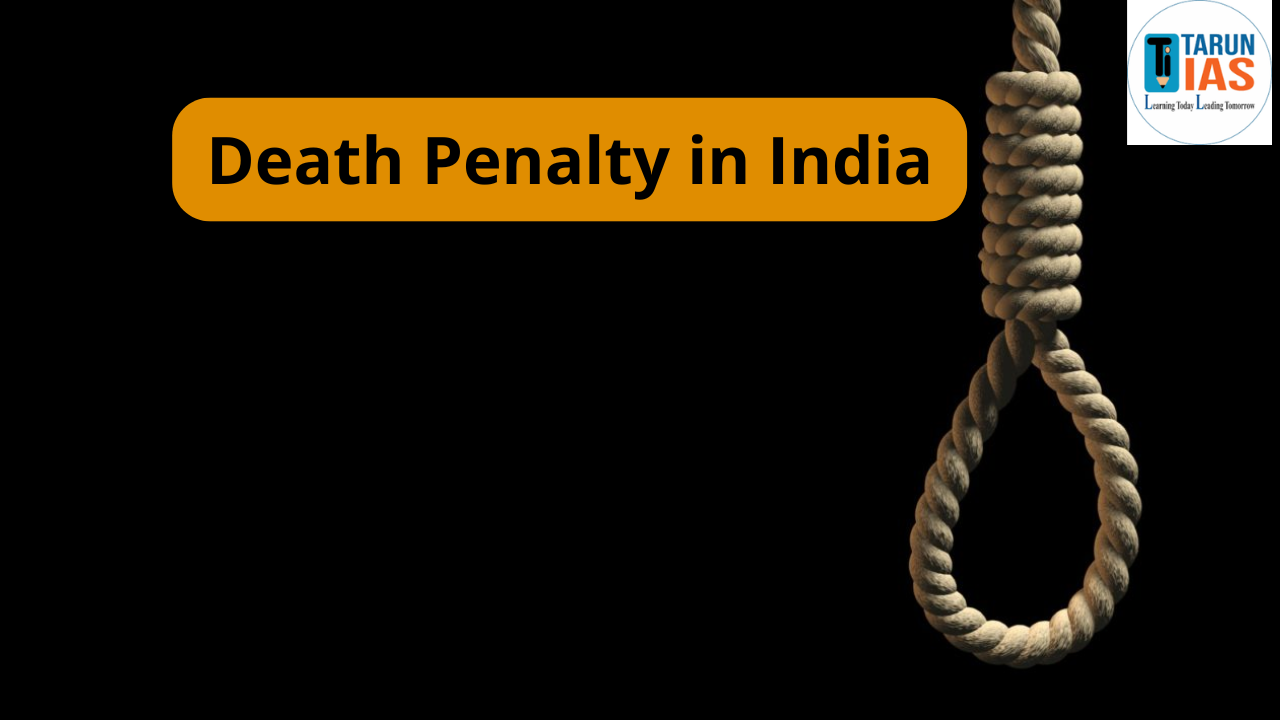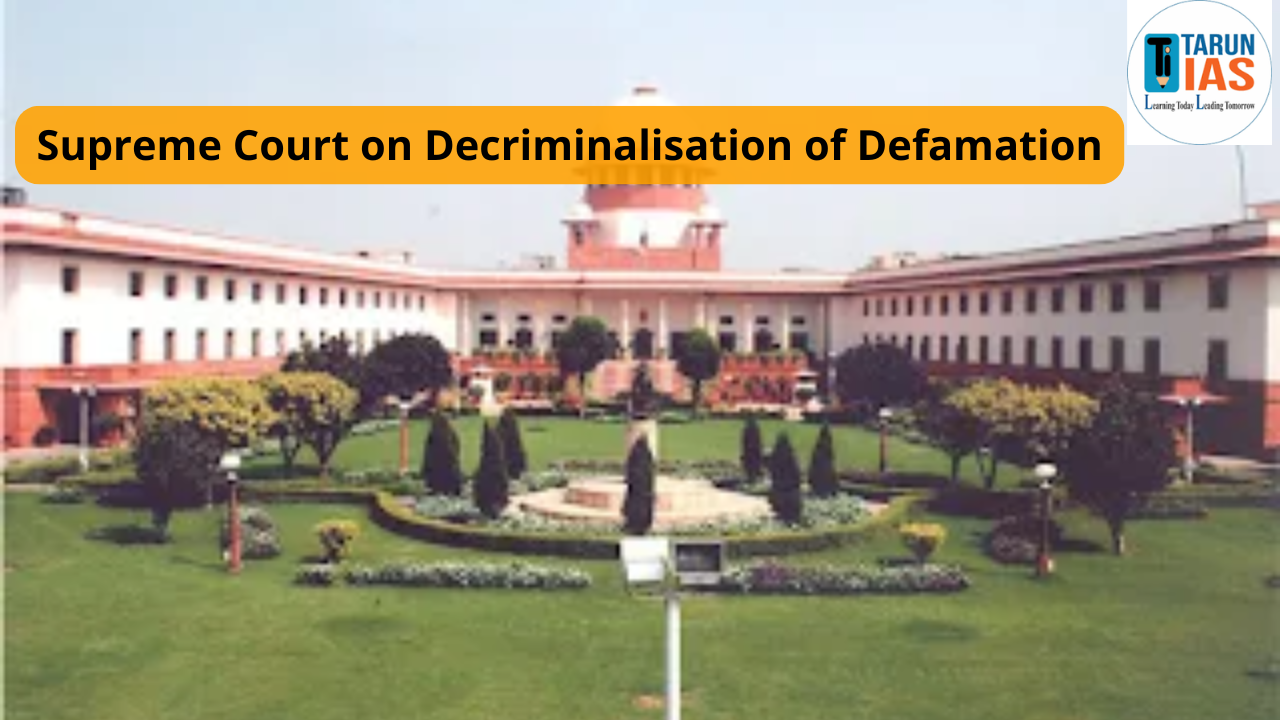When we think of vehicles, driving licenses, road safety, or even vehicle number plates in India, one name comes up. the Regional Transport Office, commonly known as RTO. This is one of the most important government departments that directly connects with people’s everyday lives.
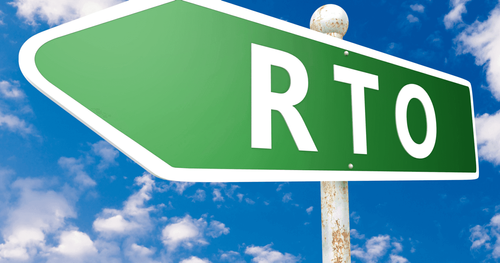
RTO Full Form
RTO full form is Regional Transport Office or Road Transport Office. It is a government organization that works under the Ministry of Road Transport and Highways. Every state and union territory in India has its own RTOs that take care of transport-related work in their assigned areas.
The main job of the RTO is to make sure that all vehicles and drivers follow the rules of the road. It also helps in registering vehicles, giving driving licenses, and making sure pollution norms are followed.
RTO Overview
Regional Transport Office (RTO), under the Ministry of Road Transport and Highways, was established in 1950.Its main role is to regulate vehicle registration, driver licensing, and ensure road safety and transport law compliance.
-
- Head Office: Ministry of Road Transport and Highways, New Delhi
- Established: The transport department was formally established in 1950
- Legal Authority: Works under the Motor Vehicles Act, 1988
- Number of Offices: Over 180 RTOs across India
- Purpose: Regulation of road transport, driver and vehicle services, road safety
RTO Important role
RTO plays a key role in making our road system safe and organized. It ensures that:
- Only skilled drivers get licenses
- Vehicles are properly registered and roadworthy
- Rules related to pollution, insurance, and safety are followed
- Road taxes are collected properly
Without the RTO, there would be chaos on the roads. unregistered vehicles, untrained drivers, and increased accidents.
RTO Main Functions
The core functions of the Regional Transport Office in detail:
1. Vehicle Registration
When someone buys a vehicle – whether a bike, car, or truck – it must be registered with the RTO. Only after registration does a vehicle get its number plate.
The RTO keeps a full record of:
- Vehicle type (bike, car, bus, etc.)
- Owner’s details
- Chassis and engine number
- Insurance status
Once registration is done, the RTO gives a Registration Certificate (RC) which is proof that the vehicle is legally allowed to be on the road.
2. Issuing Driving Licenses
This is one of the most well-known functions of the RTO. No one can drive legally on Indian roads without a valid driving license. The RTO checks:
- Age and documents of the applicant
- Driving skills during a test
- Basic knowledge of road signs and traffic rules
Types of licenses given include:
- Learner’s License
- Permanent License
- Commercial Vehicle License
- International Driving Permit
3. Pollution Control and Fitness Certificates
The RTO also checks if vehicles follow pollution control norms. Vehicles need to have a valid Pollution Under Control (PUC) certificate.
For commercial or old vehicles, the RTO also gives fitness certificates to ensure the vehicle is safe to run on roads.
4. Road Tax Collection
Every vehicle owner has to pay road tax, either yearly or once during registration. The amount depends on:
- Type of vehicle
- Engine capacity
- State where the vehicle is registered
For example, states in the North-East and Himachal Pradesh have some of the lowest road taxes in India.
5. Transfer of Ownership
If you sell your vehicle to someone else, the new owner must get the ownership transferred. This is done through the RTO, which updates its records and issues a new RC in the buyer’s name.
6. Issuing Permits for Commercial Vehicles
Vehicles like taxis, trucks, and buses need special permits to carry goods or passengers. RTO issues permits such as:
- State Permit
- National Permit
- Goods Carrier Permit
- Tourist Permit
7. Enforcing Motor Vehicle Laws
RTO officials also check if traffic laws are being followed. They can:
- Impose fines for violations
- Cancel licenses for repeated offenses
- Conduct vehicle inspections
- Check documents like RC, insurance, PUC, etc.
RTO Digital and Online Services
With the increasing use of technology, many RTOs are offering e-services. States like Tamil Nadu are leading in this. Through online portals, citizens can:
- Apply for a new license
- Renew their driving license or RC
- Check the status of their application
- Pay taxes or challans
- Book a driving test slot
These services save time and reduce the need to visit the RTO office again and again.
RTO Some Interesting Facts in India
Apart from its regular duties, the RTO also has some interesting facts and features that reflect how transport regulations have evolved over time.
- Digitized Cards: In Madhya Pradesh and some other states, driving licenses and registration cards are issued in a smart card format.
- Historical Number Plates: Before 1939, vehicles had just one-letter number plates followed by four digits. From 1939–1947, two-letter codes were introduced.
- Color of Number Plates:
- Private vehicles: White background with black letters
- Commercial vehicles: Yellow background with black letters
- Electric vehicles: Green number plates
- Vehicle Scrappage and Fitness: For older vehicles, RTOs ensure regular fitness checks and may advise scrappage for vehicles that are no longer safe.
RTO How to Contact
Each district or region has its own RTO office. You can visit your nearby RTO for:
- Any vehicle-related work
- License queries
- Tax payments
- Ownership transfer
- Complaints or information
Conclusion
RTO is much more than just a place to get a driving license. It plays a very big role in managing the entire transport system of India. From registering vehicles and issuing licenses to making sure roads are safe and pollution is under control. the RTO silently ensures that everything runs smoothly.
RTO Full Form FAQs
What is the full form of RTO?
RTO full form is Regional Transport Office or Road Transport Office.
What are the main functions of the RTO in India?
The functions of the RTO include:
- Registering vehicles and issuing Registration Certificates (RCs)
- Issuing various types of driving licenses
- Enforcing pollution control norms and
- issuing PUC and fitness certificates
- Collecting road tax from vehicle owners
- Handling transfer of ownership and vehicle re-registration
- Issuing permits for commercial transport vehicles
- Ensuring compliance with the Motor Vehicles Act, 1988
How can I apply for a driving license through the RTO?
To apply for a driving license in India, visit your local RTO or use the online portal of the Ministry of Road Transport and Highways. You must:
- Be of the eligible age
- Submit ID proof, address proof, and medical certificate (if required)
- Clear a written test for learner’s license
Pass a practical driving test for permanent license
Online services allow booking test slots and checking license status from home.
What is a vehicle’s Registration Certificate (RC), and how is it issued?
The Registration Certificate (RC) is an official document issued by the RTO proving that a vehicle is legally registered for use on Indian roads. To obtain it, vehicle owners must:
- Submit purchase invoice, insurance, and pollution certificate
- Provide ID and address proof
Pay applicable fees and road tax
Once processed, the vehicle is assigned a unique number plate, and the RC is issued as physical or digital proof of registration.
What are the different types of driving licenses issued by the RTO?
The RTO issues various licenses based on the vehicle type and purpose:
- Learner’s License (temporary, for practice)
- Permanent License (for private vehicles)
- Commercial Driving License (for taxis, buses, trucks)
- International Driving Permit (IDP) (for driving abroad)
Each type requires different eligibility and tests.
What is the Pollution Under Control (PUC) certificate, and why is it important?
A PUC certificate confirms that a vehicle’s emissions comply with the prescribed environmental norms. Issued by RTO-approved centers, it is mandatory for all vehicles in India. Without a valid PUC:
- Vehicles are not allowed to run legally
- Owners may be fined
It may affect vehicle insurance validity
Regular renewal of PUC is essential for roadworthiness and reducing pollution.
What online services does the RTO offer to citizens?
Many RTOs now provide digital services through state portals or the Parivahan Sewa website. Citizens can:
- Apply for or renew a driving license or RC
- Pay road tax or traffic challans
- Book driving tests online
- Track application status
- Apply for permits or ownership transfers
These e-services reduce time, queues, and paperwork, making transport-related tasks more convenient.



